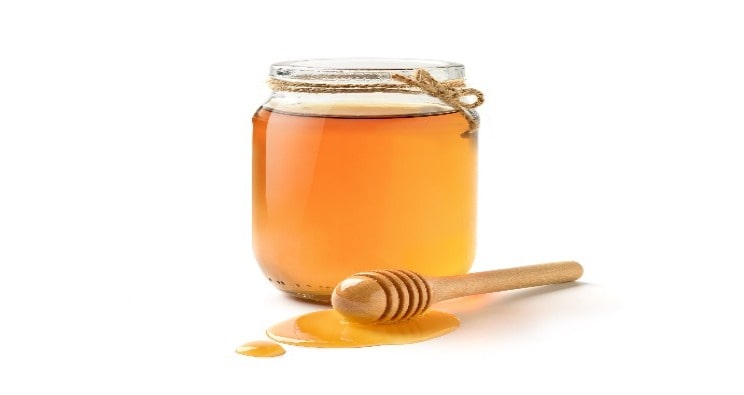Determination of Enzyme Activities in Honey: Safety Control
What are the functions of the enzymes diastase and invertase in honey?

Honey is a product that naturally offers high nutritional value and health benefits. Enzymes are biochemical components that play an important role in the natural structure of honey. These enzymes are important factors that affect the properties of honey and determine its quality. Determination of enzyme activities in honey is a critical analysis to assess the quality and safety of honey.
Enzymes in Honey and Their Functions
Natural Enzymes:
- Glucose oxidase: An enzyme that converts glucose into gluconate and hydrogen peroxide. This naturally occurring enzyme in honey contributes to its anti-bacterial properties.
- Diastase (amylase)**: Converts starch into smaller sugars, glucose. This enzyme affects the shelf life of honey and regulates the taste and quality of starch-containing foods.
- Invertase: Converts sucrose to glucose and fructose. This enzyme plays a role affecting the sugar profile and taste of honey.
- Catalase: Converts hydrogen peroxide into water and oxygen. This enzyme, which strengthens the anti-bacterial properties of honey, can affect the safety of honey.
What is the Role of Enzyme Activities?
- Antioxidant Properties: Honey's natural enzymes enhance its antioxidant properties and make honey biologically active.
- Preservative Properties: The enzyme catalase supports the protective properties of honey by enhancing its anti-bacterial effects.
- Taste and Aroma: The invertase enzyme shapes the flavor profile and aromatic components of honey.
Importance of Enzyme Activities on Honey Quality and Safety
What are the effects on the quality of honey?
- Anti-bacterial properties: The enzyme glucose oxidase enhances the anti-bacterial properties of honey. The presence of this enzyme in honey prevents microorganisms from multiplying in honey, which extends its shelf life.
- Starch content: Diastase activity determines the freshness and sugar content of honey. Low diastase activity can mean a reduced shelf life and loss of freshness.
- Taste and Aroma: Invertase activity shapes the taste and aromatic components of honey. Low activity of this enzyme can lead to negative effects on the taste and aroma of honey.
Safety
- Antioxidant Properties: The enzyme catalase catalyzes the hydrogen peroxide degradation of honey, which increases the safety of honey. High catalase activity indicates the antioxidant capacity of honey and protects against microbial spoilage.
- Spoilage and Fresh Keeping: Measuring enzyme activities in honey provides information on the freshness and safety of honey. Low enzyme activity can indicate spoiled honey and its consumption can be risky for health.
Nanolab Laboratories Group continues to provide services within the scope of Determination of Enzyme Activities in Honey. We also provide services on HMF Analysis in Honey.
Contact us for more information.
You can follow us on LinkedIn for up-to-date news and posts about our services.
Follow our Instagram account to be informed about our latest blog posts.

